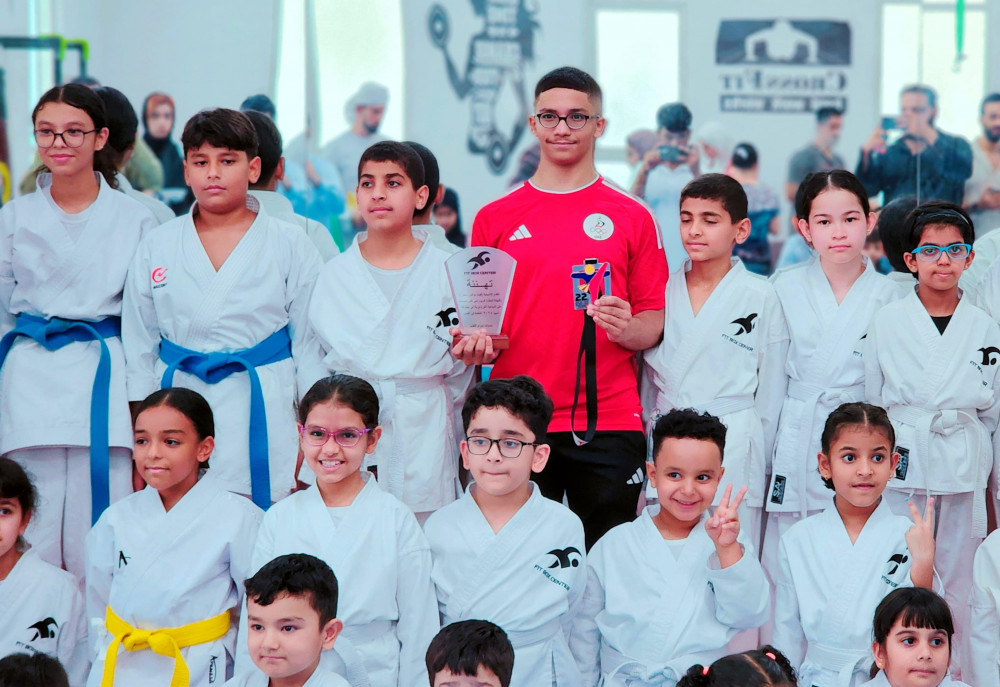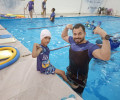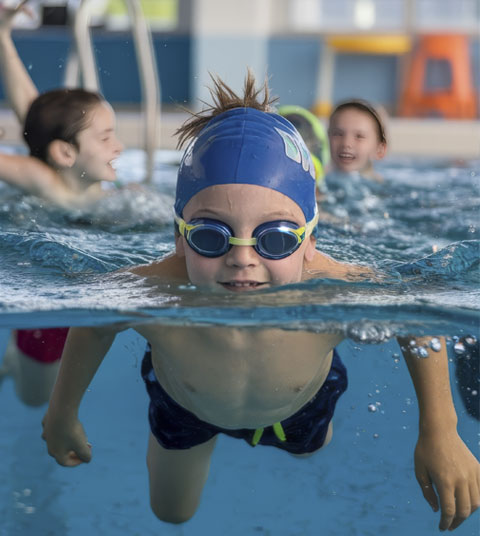
Karate Belt Exam for Kids to Promote its Belt
2024-09-16 - karateIntroduction to Karate Belt Exams for Kids
Karate is more than just a martial art. It’s a discipline that teaches respect, focus, and perseverance, especially for kids. One of the most significant milestones in a young karate’s journey is the belt exam, a stepping stone that allows them to progress from one belt to the next. This progression symbolizes their growth in skill, knowledge, and character. In this article, we will dive into the details of what karate belt exams entail, how children can prepare for them, and the long-term benefits of these exams for personal development.
The Importance of Belt Progression in Karate for Kids
Belt progression is not just about learning new techniques; it’s about developing the discipline, focus, and perseverance that karate instills. Every belt symbolizes a new level of understanding, not just of karate movements, but of the values karate teaches. For kids, moving from one belt to the next is a rewarding experience that motivates them to continue their journey. It encourages them to strive for excellence, work harder, and remain committed to their practice.
Understanding the Karate Belt System
History of the Karate Belt System
The karate belt system was introduced to provide a structured way for practitioners to track their progress. Though it has roots in judo, today, the system is used across many martial arts. For kids, understanding the history of the belt system helps them appreciate its significance.
Overview of Belt Colors and Their Meanings
Karate belts represent different levels of expertise. Kids usually begin with a white belt, symbolizing a blank slate. As they progress, they move through various colors like yellow, orange, green, blue, and brown, each representing their growing knowledge and ability. The coveted black belt is the ultimate symbol of mastery, though achieving it is just the beginning of deeper learning.
Preparing Kids for Their First Belt Exam
Mental Preparation
Preparing for a karate belt exam requires more than physical practice. Kids need to develop mental toughness and concentration. Instructors often work on focus techniques, helping students build the mental resilience needed to stay calm under pressure.
Physical Conditioning
Physical preparation is equally essential. Consistent training ensures kids build the strength and endurance necessary to perform the required techniques effectively. Practicing regularly under the supervision of an instructor allows students to refine their movements and correct any errors before the big day.
Focus on Discipline and Patience
Karate teaches kids the value of patience. Belt progression is not immediate; it takes time, practice, and dedication. Kids learn to be patient with themselves and their progress, understanding that success in martial arts, as in life, doesn’t come overnight.
Techniques to Master Before a Karate Belt Exam
Basic Stances and Movements
Karate is built on a foundation of basic stances and movements. These fundamentals must be mastered before a student can move to the next belt. For kids, learning proper stances helps develop balance, strength, and the ability to execute movements with precision.
Katas and Forms to Learn
Katas are pre-arranged patterns of movements that simulate combat scenarios. Learning and mastering these forms is a core part of karate training. Katas help kids develop coordination, rhythm, and a deeper understanding of the techniques they’re learning.
Sparring Practice
Sparring is an essential component of karate training, particularly for belt exams. Through sparring, kids practice applying the techniques they’ve learned in a controlled environment. It teaches them timing, distance management, and quick decision-making.
The Role of Instructors in Preparing Kids for Belt Exams
Instructor Guidance and Feedback
Instructors play a pivotal role in a child’s preparation for their belt exam. Through one-on-one guidance and regular feedback, they ensure students are progressing at the right pace and are ready for the exam when the time comes.
Setting Realistic Expectations for Progression
It’s important for kids and their parents to understand that belt progression takes time. Instructors help set realistic expectations, reminding students that achieving a new belt is a result of hard work and persistence, not just passing an exam.
What Happens During a Karate Belt Exam for Kids?
Karate belt exams vary depending on the school, but they generally follow a similar structure. Kids are evaluated on their proficiency in techniques, their execution of katas, and their performance in sparring sessions. Instructors assess not only their physical abilities but also their focus, attitude, and spirit.
Common Mistakes Kids Make During Belt Exams
One of the most common mistakes kids make is overconfidence or not staying focused during the exam. Additionally, they may forget key elements of their katas or falter during sparring if they’re nervous. With proper preparation and guidance from their instructors, these mistakes can be minimized.
.












